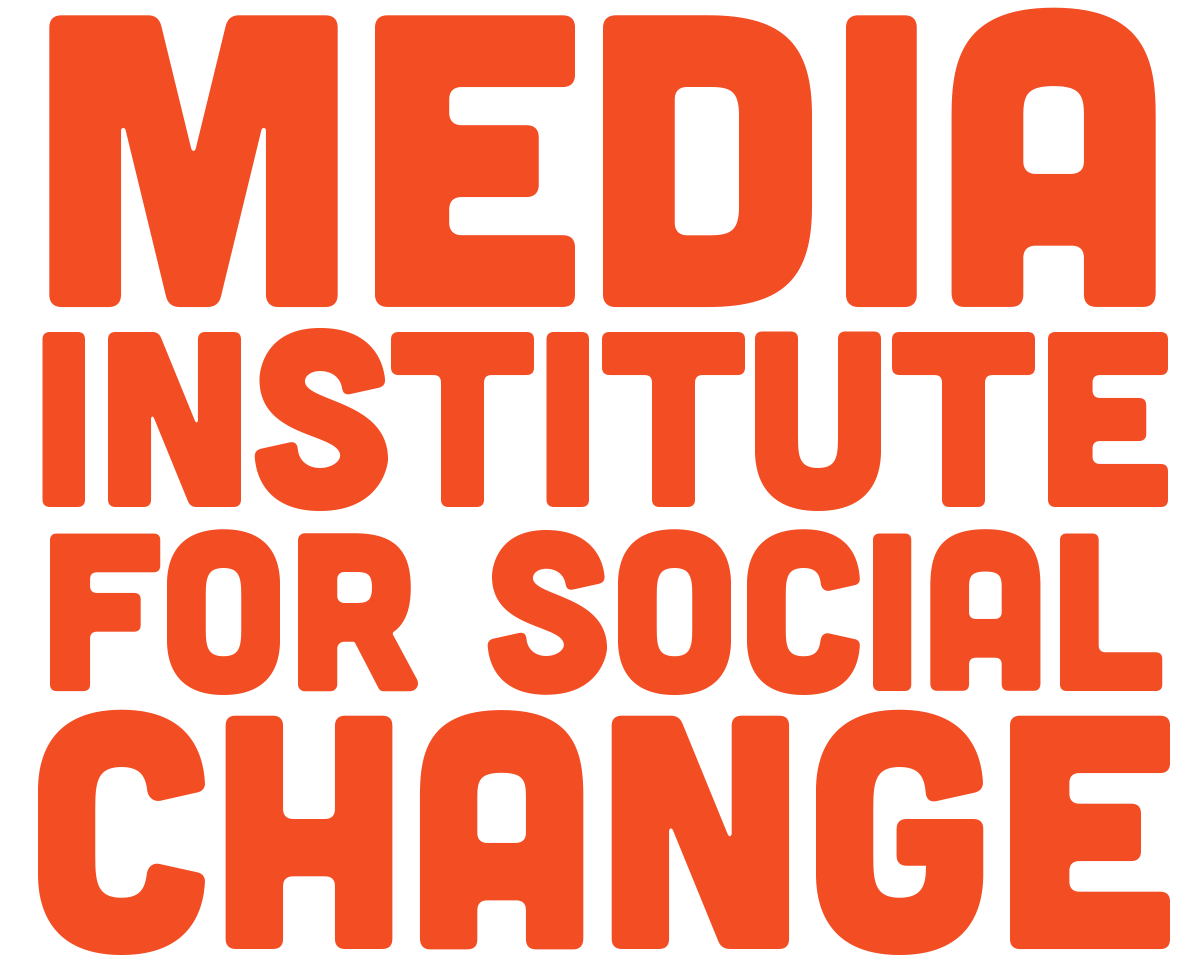I never thought I’d hate public transportation so much. It definitely has its high points, but one of them was not Tuesday. We had our shooting planned to a T. We’d be at Citizen by 12:30 p.m. sharp to take the bus up to PDX. Our plan was to film some simple b-roll of Dignity Village and hopefully interact with some of the residents.
I blazed down Michigan Ave that morning on my bike. I was determined to be on time to take the bus. My sixteen minute Google Maps predicted bike ride took ten minutes. I arrived at Citizen only to find out that we had a small hiccup. Well, more like a rather large vomit. There was no equipment, none. Zilch. Nothing. Nada.
Instead of filming some lovely footage, Coral and I spent the better part of four hours on a wild goose chase for a camera and its dressings. Apparently, three other groups had equipment, even groups that didn’t need it. So, upon the news that Emily had our equipment in her car that was about to be repaired, we booked it to the next bus to SE Portland to her apartment.
Of course, SE Portland isn’t close in the slightest to Mississippi Ave by public transportation. So, I languished for over an hour on two separate buses to arrive at Emily’s apartment. I sat trapped in the back of the bus next to two late-twenty-something guys. They just happened to be reliving their high school years as loudly as humanly possible, while hurling spittle into my ear all the while.
We arrived at Emily’s apartment in just enough time to snag the camera before she spirited away to get her car fixed. Everything seemed right in the world for all of two seconds. I could have sworn that I smiled for two seconds. So, our trial by TriMet fire was over, yeah? Nope. After the angels had sang and the clouds opened up overhead to grant us time to shoot the rest of the day we realized, rather fortuitously, that our little quest had been doomed by design.
The camera had no battery. Let me repeat that. We had a one-thousand dollar camera, complete with carrying kit, but we were thwarted by a lithium devil the size of a block of cheese. I’m talking two cheesesticks at most. We ventured back to Citizen and arrived there an hour and a half later (the bus was delayed and an hour ride) utterly exhausted.
Yes, Tuesday was a disaster, but Wednesday was one of our greatest triumphs. For one, we began the day with an interview with Berk Nelson, one of Mayor Ted Wheeler’s chief advisors. Our luck began with him simply agreeing to interview and continued with the stellar interview that followed. We discovered that the shotgun mic on the camera worked wonders and that Berk even knew his way around a lav mic. He gave us all of the governmental input that we so craved.
After the interview, successful yet yearning for more, we called our mentor Michael for a pep-talk. We had yet to choose a main character for our documentary. We debated everything from just sitting and waiting for someone interesting to show up at Right To Dream Too, to just going nuclear and only having our documentary contain interviews.
Thankfully, after a flurry of texting with none other than Catholic charity wunderkind Vahid Brown we learned that Vahid had an exclusive tour of the Kenton Women’s Village. Access to the women’s village was, and remains to be, some of the most guarded journalistic access relating to houselessness. We, two upstarts from China and Richmond, Virginia had that access. The tour itself was scintillating, but our big break came when we met Desiree, our new documentary main character.
Desiree was a part of the tour to represent her houseless tiny house village of Hazelnut Grove to Vahid and some other bigwigs, and represent she did. She wasn’t camera shy in the slightest and agreed to interview with us tomorrow (Thursday) and grant us access to Hazelnut Grove. She could best be described as a spunky grandma, with grey pigtails and a nose for activism, who always wears purple.
Tomorrow we go to the mattresses. We’ll be going to Hazelnut Grove and trying to hammer out the bulk of our narrative around Desiree. Wish us luck! Even though when you read this our filming will have already happened. Who says a bad day has to mean a bad week?
–Jordan Joseph










